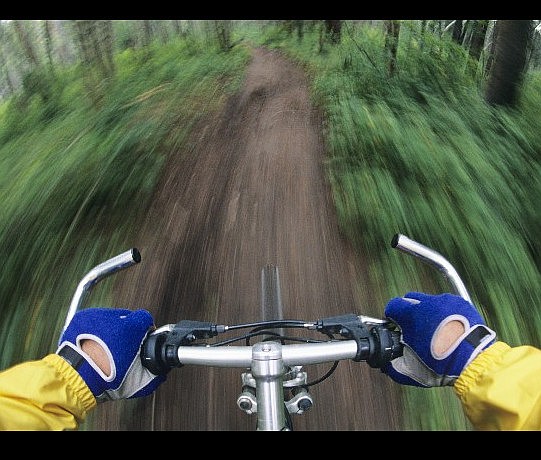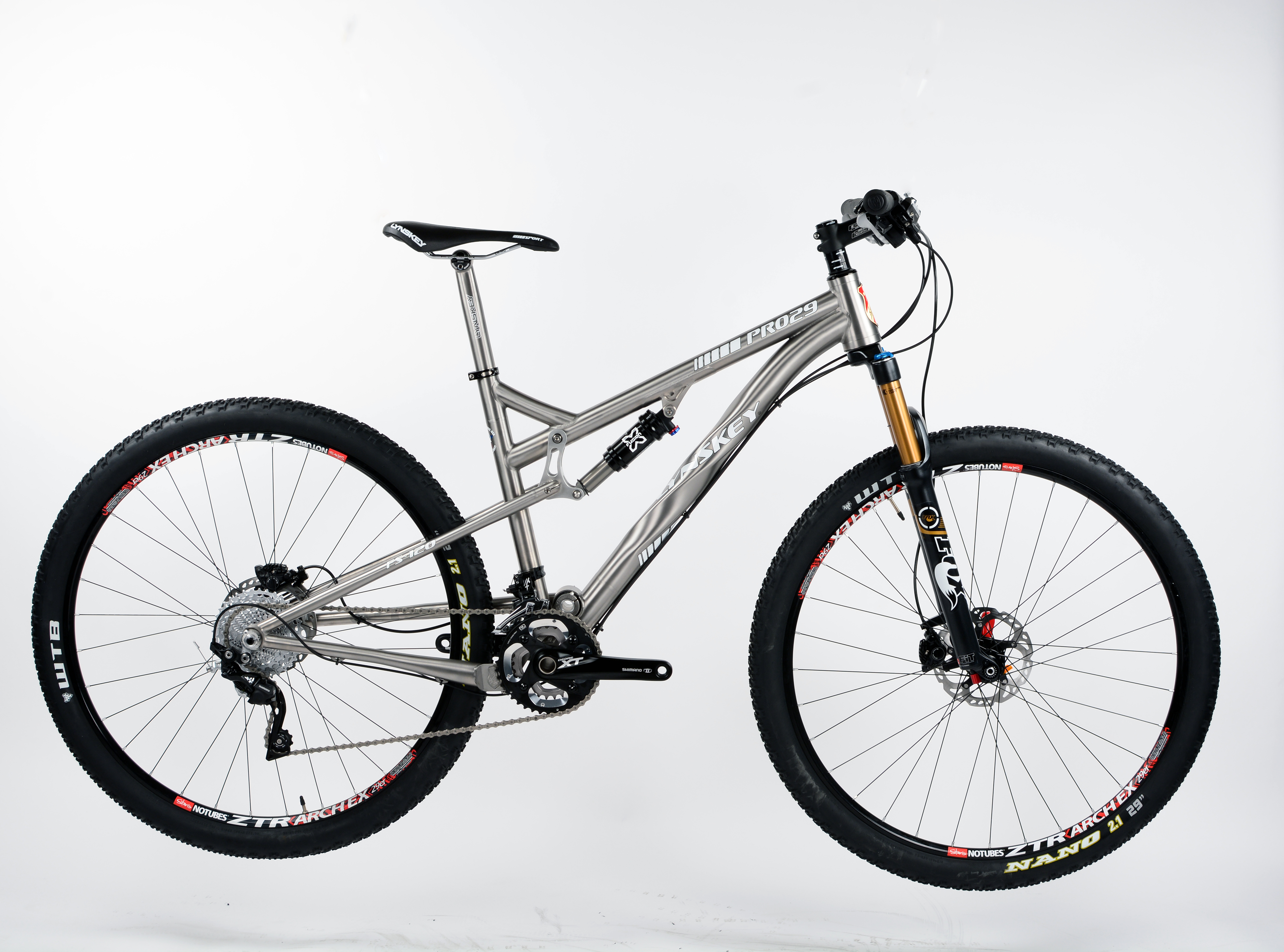Buyers of high-end electronics know that, whatever they buy, it's just about out of date the minute they walk out the door. Mountain bike buyers are not quite in that boat - yet - but if the bike you own is older than 10 years, you might want to consider an upgrade.
"The advancements in cycling in general have been significant," says Mark Lynskey, managing member at Lynskey Performance Designs in Ooltewah, a company known throughout the cycling world for its high-end titanium racing and mountain bicycles.
Lynskey says newer bikes have been tweaked from front to back with major advancements in the design and manufacturing for rims, wheels, brakes, suspension and gears.
You still have to pedal up a giant mountain yourself, but all the new technology makes riding easier and more comfortable. Lynskey says buyers should expect to pay a minimum of $1,500 to get a bike with all the new stuff, and it will be about three years before these advancements trickle down to the $500 to $600 level.
Maybe the biggest change in mountain bikes has been the introduction of the 29-inch wheel. "It's a huge advancement," Lynskey says.
Mike Skiles, owner of Suck Creek Cycling on Cherokee Avenue, says he now sells very few 26-inch bikes and next year will likely only sell them on smaller-sized frames.
"We're really about to lose a wheel size with the 26," he says.
Since mountain bikes were introduced in Marin County, Calif., in the '70s, 26-inch wheels have been the standard. But the larger 29-inch tires make more contact with the ground, roll over holes better and generally are more comfortable. Designers have also recently introduced the 650B, a 27.5-inch wheel that is easier to ride for shorter riders than the 29, and it can be retro-fitted into an older bike. The 29-inch wheels can't.
Erik Hunt, owner of Owens Cyclery in Hixson, says one change he's seen is that bikes are no longer standardized pieces of equipment.
"It used to be that all of them adhered to certain standards and they way bikes were made regardless of brand. In the last few years they've gotten super proprietary. Everything has gotten super specific."
That can make getting repair or replacement parts tougher on the consumer, he added.
Another big change has been the introduction of hydraulic disc brakes, which are replacing the rim brakes and calipers we all grew up squeezing and praying would stop us. The disc brakes don't require changing pads and the hassle that went with it. They also work in all weather, Skiles says.
"They work well and consistently whether its hot, cold, wet or dry," he says.
Disc brakes also mean wheel designers no longer must factor in the rim, so wheel designs have changed as well; they can be lighter and more aerodynamic.
"In the past three years, designers have done a wonderful job," Lynskey says. "Today, the disc brake is one step to the left of idiot proof."
Suspension technology has also seen dramatic improvements in recent years.
"In the older ones, you could get peddle induced bobbing, " Lynskey says," and the poor consumer didn't know if they'd gotten a good one or a bad one until you bought it. Now it's hard to buy a bad one."
Some bikes have front and rear suspension and some just have it the front, similar to a motocross bike. Higher end bikes even have a remote lockout accessible on the handlebars which allow riders to adjust the damping rate of the suspension while on the move.
"That didn't exist five years ago," Lynskey says.
Gears have gotten a makeover as well. In the past, in order to get the lower gears needed to pedal up a steep grade, you needed three chain rings up front. Now you can have one and still get close to the same gear ratios.
"You want lower gears for climbing so most mountain bikes [four or five years ago] would have three chain rings, so you needed to be able to move the chain up and down and hope it wouldn't fall off or get chain suck [the chain would get stuck between the gear rings] jamming the bike."
One ring means fewer cables and is far less complicated. Designers have also created electronic shifting.
Even the seatposts have seen advancements. CrankBrothers has developed one that can be adjusted on the fly.
Contact Barry Courter at bcourter@timesfreepress.com or 423-757-6354.



